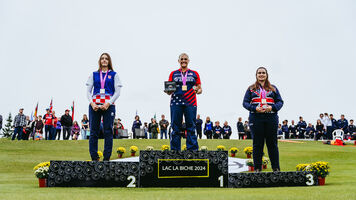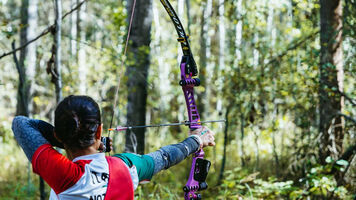Is field archery the future of the sport?
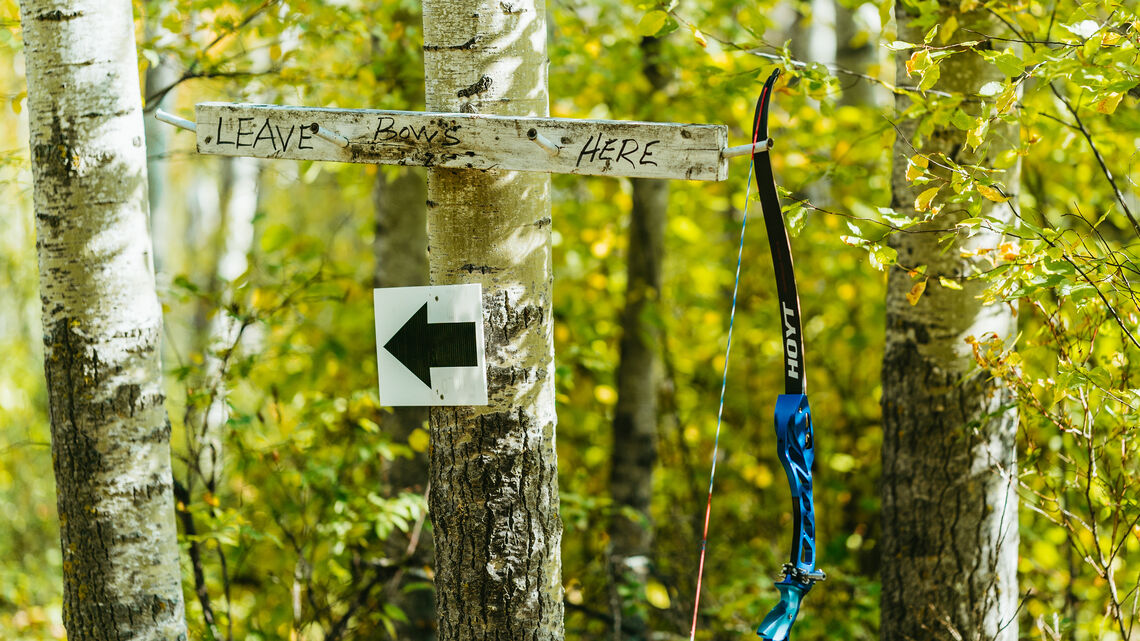
The World Archery Field Championships, which wrapped in Lac La Biche in September, saw some familiar names on top on the final day.
The USA had a great meet, with Paige Pearce took an unprecedented third consecutive title in women’s compound, along with Brady Ellison winning in recurve men and Fawn Girard in barebow.
Compound men’s world number one Mike Schloesser from the Netherlands also took another senior title, even if Italy, a country with a uniquely strong field tradition led the overall medal table.
Some other field stars, like Italian barebow queen Cinzia Noziglia, didn’t take another individual title in Canada (although she took the barebow mixed team prize), but back in 2022, she won the World Games, the World Archery 3D Championships and the World Archery Field Championships – a unique ‘Triple Crown’ achievement for a barebow archer.
And the rise of barebow, closely associated with field and 3D competition, shows no sign of slowing down.
It’s also notable that you really gather field experience, it stays with you a long time. Age is no barrier to being world champion here, and Sweden’s Erik Jonsson, age 48, was one shoot-off short of adding a sixth barebow title to his current total of five.
But why do we often see the same names winning in both target and field, when they are so different?
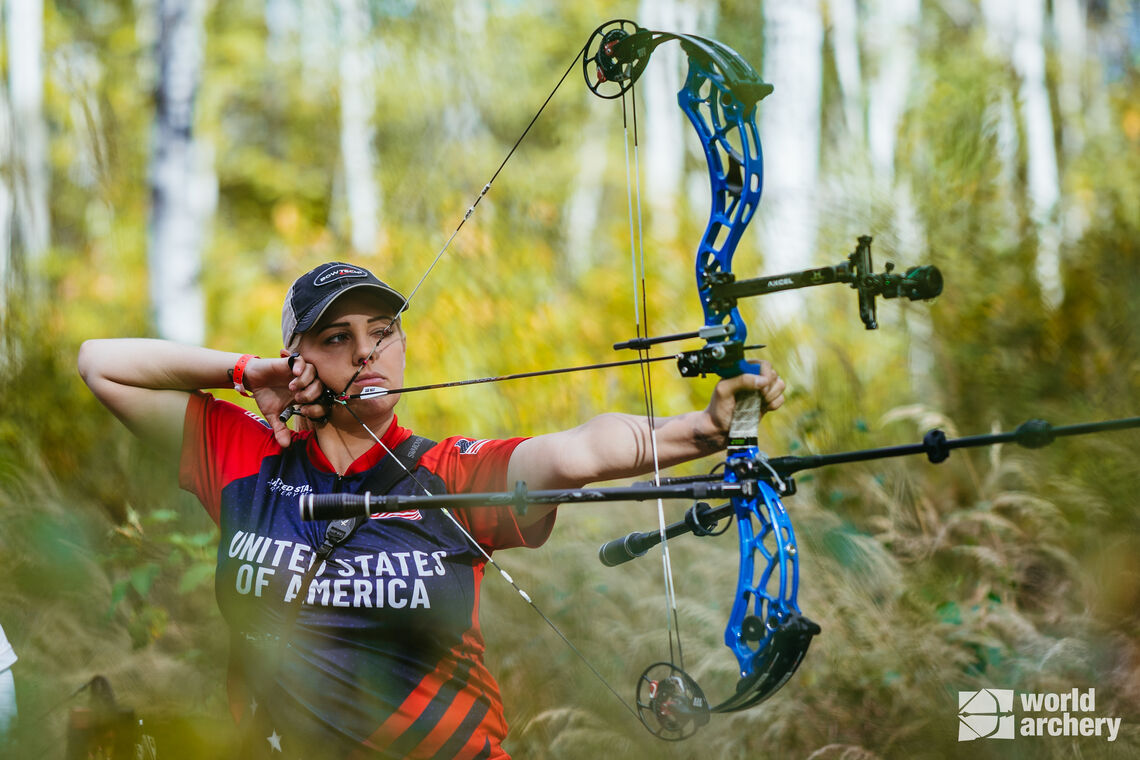
Many compound target world champions, such as Nico Wiener, Morgan Lundin and Schloesser have also been world field champions (Mike twice), as have many Olympic recurve medallists, including John C. Williams, Darrell Pace, Jay Barrs, Brady Ellison, Lisa Unruh, Jean-Charles Valladont, Victor Wunderle and Michele Frangilli.
The last name on that list has been one of the most vocal about the benefits of shooting field for target archery.
“Field shooting is the university of archery,” said Frangilli back in 2016. “The progression to the full control of the shot in any situation needs training in any possible shooting condition.”
“What you can learn on a very hard and challenging field course cannot be simulated by hundreds of days of training in the same position and on the same fixed distance target.”
So field archery may also be seen as a vital component of becoming a great target champion. Of course, many of the big Asian nations in target don’t compete in elite field and 3D archery – most notably Korea. (Japan, however, have a strong field tradition and have medalled many times in world competition.)
The additional strategy required, the more adventurous setting, and the natural environment has hooked many. Almost all archers who shoot field, no matter how good a target archer they might be, describe it as their favourite discipline.
“There are so many challenges, so many things to think about and so many ways of trying to compete with your opponent,” Great Britain’s Patrick Huston once said. “I just love it. Field archery is the best archery.”
So why isn’t field archery bigger than it is?
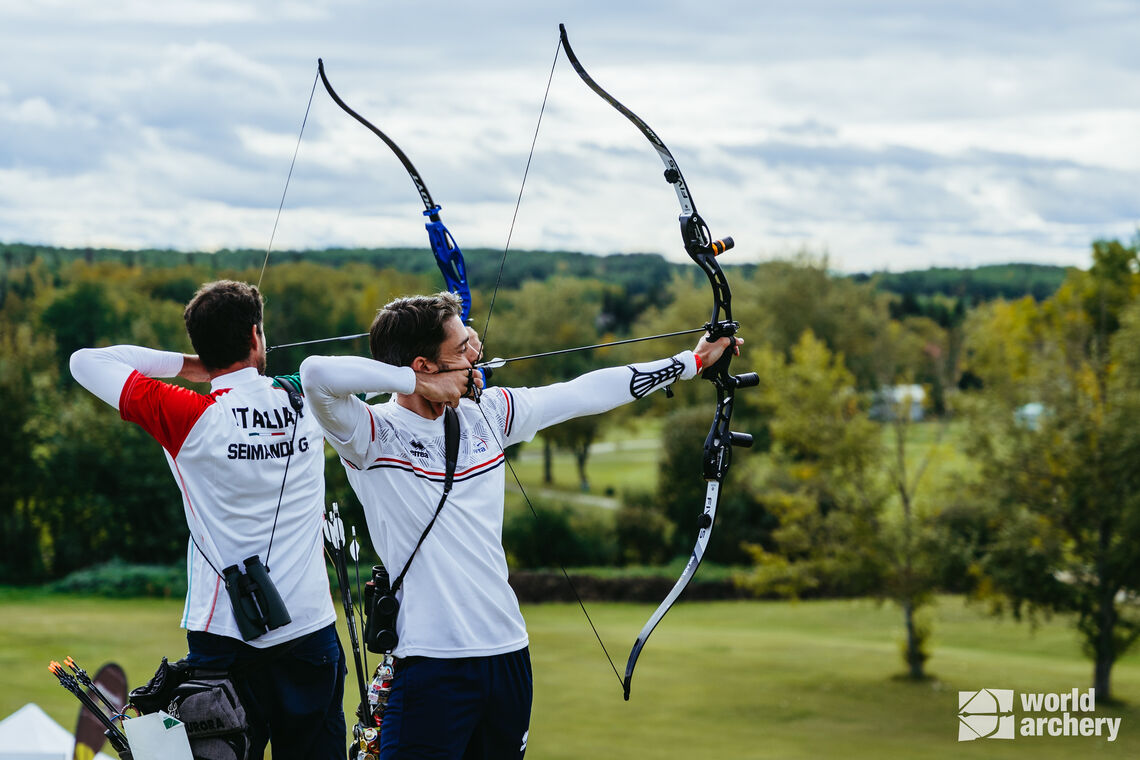
The discipline has some way to go to match target as a live and TV draw. The television presentation for finals fields for the biggest field competitions, while constantly improving, has not delivered an experience that matches something like the Olympics.
It seems that the real magic and the most exceptional backdrops are in the forest; a harder place to deliver a televised event. There are significant additional challenges and costs when you need to put many more cameras in a remote location.
But field might just have the most opportunities, going forward.
Perhaps improvements in technology, such as miniaturised TV cameras and live tracking arrow data might create a new experience; and give audience the experience of the natural environment along with visualised data.
There are some other issues to tackle. Target archery has essentially a standard set of rules around the world. However, field and 3D have some minor but important differences in rules in different countries. There is also a plethora of bowstyles, with some field societies having over a dozen categories.
This is great news for archers, being both more inclusive and adding variety, but it might be too confusing for a TV audience.
The real joy of a field course, as anybody who has shot one will tell you, is the stillness and the almost profound silence, broken only by the crunch of twigs, the sounds of birds and wind, and of course the breaking of that silence by the sound of an arrow hitting a target.
You’re a temporary team of three or four archers of the same bowstyle, each on their own separate adventure. There is much ‘slow time’ and waiting.
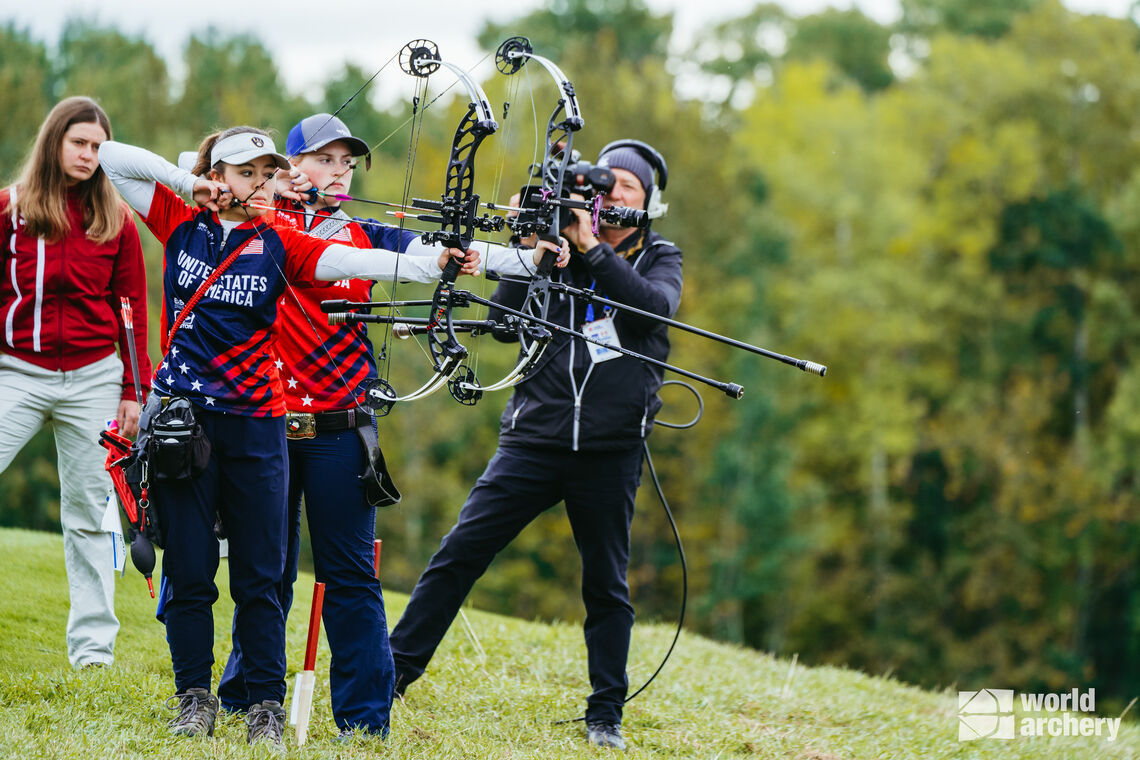
Many other sports make a TV virtue of slow development of a narrative – especially golf, which has an immense global TV audience and also deals with a similar (if less wild) outdoor environment.
So much is made of designing field courses to be challenging and fascinating; working with the natural landscape to create something harmonious and fun to shoot.
In this sense field archery shares sports event DNA with many other modern sport circuits from biathlon to the cycling Grand Tours, allowing organisers to shape the event to keep it entertaining.
One day, archery at the Olympics might even look a little different too. It’s been suggested that compound archery could be part of a kind of ‘urban field’ competition – a roaming field event able to be held in a city. (This really isn’t an entirely new idea – in fact, it happened in sixteenth century London just outside the city walls).
In an Olympic context, it could be held in the urban park which is now a part of every Summer Games, and which hosts BMX freestyle, skateboarding, and other youth oriented sports. It’s not really been explored yet – and there are some obvious safety and spectator issues – but it’s just possible that something like that may be on the horizon some way into the future.
So, while target archery has become a great success and an ever bigger global sport in the last decade, but is it possible that field archery will take it even further?









